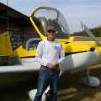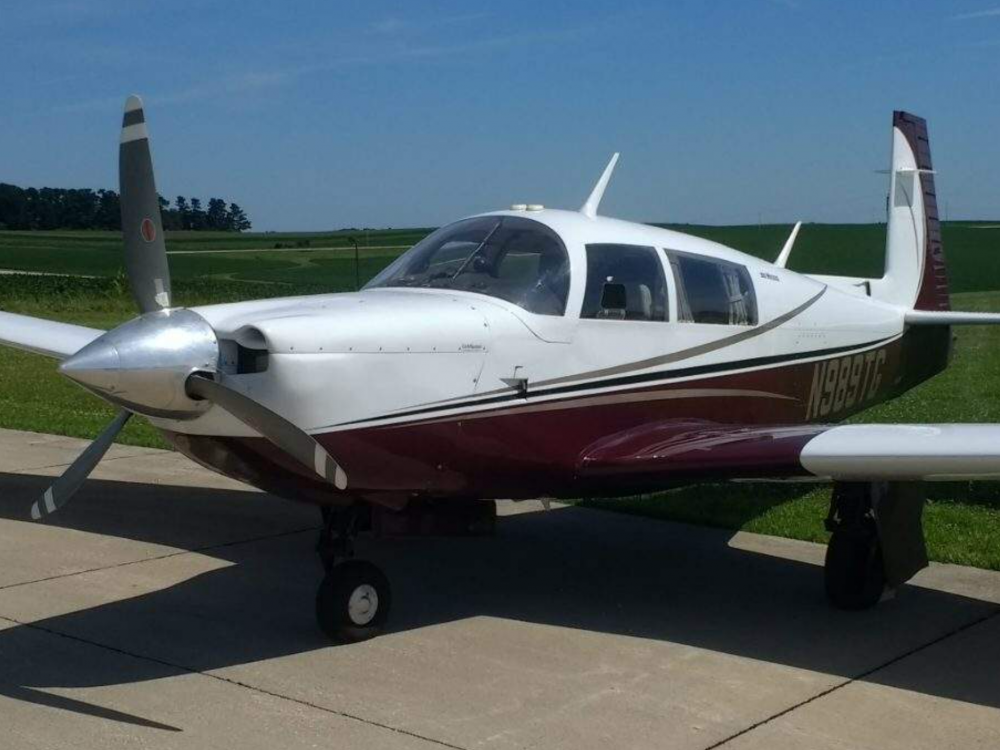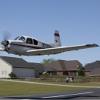Leaderboard
Popular Content
Showing content with the highest reputation on 10/05/2020 in all areas
-
We picked up the Mooney predator this weekend so we can make it fly again. Out of all of the restoration projects we’ve done this will probably be the most exciting Mooney we’ve worked on and I’m going to keep this thread updated with our progress as much as I can. With the help of some former and current Mooney employees who have worked on it we hope to have it flying soon with maybe a few updates along the way and hopefully those who have dreamed of fly it will get a chance.12 points
-
Still learning about it. Tom Bowen said they didn’t get the contract because the roll rate was not high enough and later they tested some other positions with the friese ailerons which allowed a 7 second roll rate but caused the airplane to be dangerous at slow speeds. The airplane was flown after Tom and some other employees put it back together. It was flown regularly by some of the Mooney employees. The configuration it is currently in would be too dangerous and it will be either converted back to the slower roll rate or maybe even a regular aileron and flap. We are still waiting on more data to make that determination.5 points
-
I’m going to contradict the other advice you have been given. There just isn’t enough difference between the C, E, or F model to worry about for your mission. In fact, the only time I would worry about which model is if you are going to regularly fly with 3 or 4 seats filled. Then you’d need the F (or the G). I think you will be much better off focusing on how well the plane was maintained, how often it was (is) flown, and how it is equipped. For solo flight or with a single passenger, there just isn’t much difference between the three. However, there are huge differences between the maintenance, recent hours flown, and installed equipment within each model!4 points
-
I've got about 8 hours on the Surefly replacing the left Slick on my IO-360-A3B6 on my 28V M20J. I was having the same intermittent roughness. It usually happened intermittently in short bursts after about a half hour of flight but it was pretty random. It goes away if I turn off the alternator. I discussed this with Jason Hutchison (Surefly GM). Jason has done most of the field investigation on this issue. A common cause is a poor electrical connection somewhere in the power circuit to Surefly. This was not my problem. The other cause can be transient spikes on the power line to the Surefly SIM. The SIM has a lightening protection circuit that shuts the SIM down if the voltage on the power line exceeds about 38 volts. Aircraft power buses frequently have voltage spikes and on 14V systems they never seem to get high enough to shut down the SIM, but on 28V systems sometimes they do. Every time a spike exceeds the lightening protection threshold the SIM shuts down and reboots. If you get a burst of spikes, you get a few seconds of rough running. The current theory is that as the battery charges its internal resistance increases and it becomes less of a filter on the aircraft electrical system which is why it often only occurs later in the flight. Jason tried various filters, but found that the filters had to be tailored to each installation. Since he wanted a universal solution, they came up with the DC/DC converter that isolates the SIM power from the aircraft bus and also lowers the voltage to the SIM. The additional capacitor is because they still saw a little noise at the SIM input in one case and wanted to be dead sure that it was filtered out. Great to hear that it works well -- I haven't installed mine yet. Skip4 points
-
Impressive fireworks or chafe C859D4F1-FA5D-4680-AE6F-37AD93948CA1.mp43 points
-
I suppose one downside, for people like me who leave the keys on the glareshield, is that you could no longer verify the mags weren't turned on by the seeing the key on the glareshield.3 points
-
I heard from my brother about his tanks and he provides the following statement as well as the chart that he created to know exactly what is in the fuel tanks. My Monroys I have are officially 130 g. However I quickly discovered that if you rock the wings for the last few gallon when refueling, each tank will take 68 gallons instead of 65 (giving 136 total). To be sure of my fuel capacity, I would circle an airport and run one tank bone dry. I would then land and fill the empty tank. It would take exactly 68 gallons. Next, I would repeat the procedure with the other tank and it took exactly 68 also. When running a tank dry, I would rock the wings using both rudder as well as ailerons to get any last gasps of fuel out of the tank. It turns out there was very little additional gas; definitely not worth mentioning. Same with the other tank. BTW, each wing has only one fueling port, not two. My Mooney has speed brakes. I should also make it known, my Monroys were installed by Mooney at the time of the aircraft's manufacture. This might still be possible with aftermarket timing. I'm just not sure.The Monroy tanks are the best possible speed mod you can put on Mooney. I've heard of people spending anywhere from $3000 to as much as $8000 trying to get 5 more knots from their aircraft. Just a lousy 5 knots! Maybe! Saving a fuel stop time loss by never having to come down from 16,000' (or higher) for gas can be the equivalent of a 16-20KT speed mod and at the time you need and value it the most: Long Trips. Who even needs 3-5 more knots if your average trip is only 2 - 2.5 hours. Yes, I know long trips require urinary relief equipment ..... but that's another story. fuel2.pdf3 points
-
I'm going to lock this topic since apparently some members are just not capable of keeping politics off the site. Going forward I am going to be giving bans to users posting anything political. It won't matter if you are a Supporter or standard member. Given this is an election year and I don't have the time to police the forums.3 points
-
Hello All! This two days ago I took delivery of N74573 a B model serial #1884. I am very excited to be an active part of the Mooney community and learn as much as I can about airplane ownership. I would love to hear from other B Model owners about some of the idiosyncratic behaviors unique to their B models. I now have about 10 hours dual and excited to go out flying today and build a good deal of solo time to really feel comfortable and know the plane. If you have a B model speak up! If you have any tips please let me know. If you are in SoCal and curios to see an M20B let me know I’ll be flying all day. Also any words of encouragement regarding my ever growing squawk list is appreciated as well.2 points
-
If somebody wants to steal your airplane, the ignition key is not that big of a barrier to stopping them. The difference between stealing it with this device or the usual bendix ignition key is probably a couple of minutes for somebody familiar with airplanes. I think EA device is free from the AD as well, and probably less likely to strand you due to a failure. I've been thinking of putting one of these in for a while, but haven't done it yet. If a rotary switch fails, I think replacing it with one of these is the better path, personally, imho.2 points
-
2 points
-
2 points
-
I’ve used it in all three Bravos I’ve owned even though it’s not specifically recommended for turbos, I’ve been happy with it. I have steel cylinders so I want that film on there to help with corrosion.2 points
-
I just did my Commercial in my 252. We didn't do anything at full power except take off. All "max power" maneuvers were done at 65% power or about 23". When I went for the check ride, I told the DBE that we'd use 65% as max power for purposes of the test. He said he had over 8000 hours in Mooneys and would have suggested the same. Granted the 252 is a little different than the M20E, but the ACS doesn't require absolute max power for any of the maneuvers.2 points
-
AFAIK, the CPC pins just use the standard Molex connector dies https://www.steinair.com/product/molex-open-barreled-pin-crimper/ I like Steinair's website, it's easier to find aviation stuff than digikey or mouser (though a little more expensive)2 points
-
The few early C's with Stec 30 autopilots are just getting more valuable, the longer all of this drags on.2 points
-
That is the one that I have and it works for all the large pin front extraction CPC connectors on my M20J. There are a few plastic high density connectors that use the MIL standard pins that require a different rear extractor. Easy to tell the difference as the pins are quite different in size. Jim2 points
-
You should do M20-88. It changes the ends of the indicator screw so it doesn't jam. http://www.mooneypilots.com/service/M20_325_88A.pdf2 points
-
You are correct. ive never seen one fail, but you can’t expect them to last forever.2 points
-
+1 on this. A clogged injector nozzle or line or debris in the flow divider might do this. I've had injector nozzles clog and unclog and reclog themselves before, so it seems like it does happen. A partial clog will run fine at lower power settings, but once it gets past where it can supply sufficient fuel then the affected cylinder starts to go lean.2 points
-
Cylinder 4 going cold indicates that it wasn't producing power. The likely causes would be ignition, fuel or a stuck valve. Ignition seems unlikely as it would have to affect both plugs. The fact that it seems to run at reduced power but not at full power could indicate a restriction in the fuel flow. When was the last time the injectors were cleaned? Skip2 points
-
I moved the battery behind the baggage compartment. The cable did not weigh all that much. a couple pounds. I had a really forward cg before that though. could not trim below 85 mph with full flaps and just me with less than half fuel. Now it has plenty of nose up trim down to 70 as well as being a little better in cruise. Mark2 points
-
Update. With the new SureFly power conditioner the plane flies flawlessly. Only one test flight so not a lot of data but everything seems to have a little improvement. Definitely nothing went backwards with exception of slightly higher CHT’s. Im thinking the CHT’s maybe 10-15 degrees hotter but this is after the advanced timing kicks in. More flight time will be needed to get the exact increases, it was a really hot day on the flight. Overall very smooth, LOP is noticeably smoother, FF has decreased a little, speed may have had a little bump but maybe wishful thinking. No weight savings with the new added power conditioner. Future areas for improvement will be to open up the spark plug gaps to get a larger spark on the SF plugs. It will generate spark up to .038 of gap. Other areas of discussion are the timing. The engine manual says 22 degrees +/- 2 degrees. The SF has 24 degrees as an option but will investigate the regs on 24. I am currently set at 22 as per the engine data plate and as spelled out in the instruction. Your passengers will definitely know if you do an in air mag check. When switching from the mag to the SF it shuts off for a split second. When going from both mags to the SF you do not feel a mag drop but it does register a 20 to 30 RPM drop. As mentioned in my original post the RPM pickup and power supply where may main concerns about the install and did end up causing the longest delays and frustration with the install. Hopefully this will save someone some time. I connected directly to #2 battery and follow the main battery cable through the cabin into the engine compartment. The new power conditioner has 2 components which looks like a voltage step down transformer and a capacitor. The planes that have 12V systems don’t have these problems that the planes with the 24V systems have been having. I’m assuming the PC17V does just that and takes the 24V to 17V. I added some pictures below. The transformer was mounted on the cooling side of the baffling behind cylinder #1. It receives power directly from battery #2 and then the positive and negative connect directly to the SF terminals. Mounted the capacitor directly opposite of the transformer. The positive and negative run directly to the SF terminals. This is what the resistors look like for the RPM pickup. This goes inline from the P-lead pickup on the SF to the EDC of the EI MVP-50. The SF requires a slick ignition harness. Since I opted for the screw in leads I numbered them so I didn’t screw things up:) The manifold pickup. Found this nice little port on the intake for #1.2 points
-
I was curious about this a while back when I first got my Mooney, so I emailed Lycoming Technical Support. They answered very quickly with the response below: "Operation in this range during cruise flight for any longer than necessary should be avoided due to the restriction. Typically short periods of operation in a restricted range such as during landing or transition to a different power setting would be acceptable but should be avoided whenever possible."2 points
-
From reading MooneySpace I got the impression that you should start with a hangar. Should you come into one before you find a plane, buy the cheapest shell to put in it, if you can't sublet it, and intensify the search. Coincidentally I did the same thing, started leasing half a hangar three or so years before I found my plane.2 points
-
This realization finally hit me on our last trip. Wife kept trying to shove food down in that area... I don't know how manual gear drivers forget about that bar because that is my speed break!2 points
-
This is what the Continental reps claim is the best method for hot starts............... 1. Don't touch the power leave it where it was at shut down 2. Mixture - full rich 3. Start. The engine will fire in just a couple of rotations, 4. IF the mechanical fuel pump does not keep the engine running, add Low boost pump 5. When engine is assured to keep running turn off Low boost pump. (should only be a few seconds. ) Always works. This method reduces the risk of flooding, high RPM and long cranking time.1 point
-
Are they the Klixon Breakers in your panel? There should be numbers right on the breaker. https://www.aircraftspruce.com/catalog/pnpages/7277-2-2.php If you are getting them make sure you know if you are getting the xxxx-2-x or the xxxx-5-x breaker. The "5" is longer than the "2" so you want to be sure to have the same as is in the panel.1 point
-
I have printed it and will place it in the aircraft reference guide for trial use. Many thanks!1 point
-
I have the GFC 500 in combination with the G500 TXi and G5. For me the reasons I would not use the GI 275 are: 1. I have no round gauges and a don't want any. 2. While the GI 275 is brighter display, I've never had a problem with seeing the G5 in bright sunlight. 3. Don't need the multifunction display capability of the GI 275. 4. G5 is half the cost of the GI 275. 5. 4 hour backup battery. Conditions under which I might consider the GI 275: 1. No large multifunction display like the G500 in the plane. 2. No separate engine monitor.1 point
-
1 point
-
So none of that is chaff. They were dispensing flares. The flares attempt to draw heat seaking missiles away from the hot engines. Chaff is small bits of metal used to hide the airframe from radar guided missiles.1 point
-
Easiest way is to get the battery box and mount for an E. I used #0 wire but #2 is fine according to AC43.13. Run it along the pilot side wall and tie it into the master solenoid on the firewall. Get a copy of AC43.13 for details and you will have no problem I don't have any photos of when I did it and it is pretty difficult to get to the finer point for photos. If I take it apart I will get some shots. Mark1 point
-
@carusoam @Hyett6420Thank you so much for your help, I've contacted Aeroskill and waiting for the verdict.1 point
-
M20E with an 3 inch stretch, 201 Cowl and Windscreen, needs to have a 2750 gross weight with 64 gallon tanks and have an IO-360 or equivalent diesel. 2 doors would be a plus but honestly not required. G3X+GFC 500 for avionics. Price needs to be right around 425-550K to compete with the DA-40, Arrow and 182. Will it happen, no, but one can dream.1 point
-
The H model is the mid-body that Mooney R&D [Ralph and Ken Harmon days] hung a 6 cylinder on....... it never came to be :-(. I’d have to watch Boots movie again, but I believe there’s a segment describing some sort of canopy that was hap hazardly bolted in place temporarily for the initial military visit to the factory.1 point
-
Waaaaaay Cooool Paul! The dream machine flys again! When that flys... Transition Training will be considered cool again! Where can I rent some Mooney time, will be answered with Go see Paul, and fly the Predator!(?) Was it the M20H, or T? (I can’t remember many of the proper details) perfect for everyone that has flown everything from A-V... H & T, I think both vied to be an AF trainer... must have been fun days in engineering in those times... Did I mention how cool that machine really is, and what it means to so many MSers..? Amazing... Today isn’t April first, is it..? Best regards, -a-1 point
-
David, What keeps your brother from stopping in to MS? Top three reasons are probably something like no time for social media... There is probably some interesting experience around here for him as well... Reaching TBO on a Bravo can be generally expensive... as is any turbo six cylinder engine....with accessories... Interesting tour you were on... there are a couple of threads around here regarding established gentlemen flyer’s beverages of choice... Throughout the history of MS... it generally takes about 12 months to find the right Mooney... Often, the first few months are doing the research to determine what plane is the proper one... then learning about the proper methods of buying the right one... which leaves about six months when you figure what exactly you want, and are comfortable enough to pull the trigger when you see it... You have come a long way before you got here... finding the right plane can happen quickly, or may take some time, just because there are so few of what you are looking for... It can be extra good when you have family in the flying world already...some MSers grew up in a Mooney family... Another way to speed the process of finding a particular Mooney... is speaking with the companies that support them.. MSCs often know what is coming up for sale before it happens... and becomes public information... GMax aircraft is the new Better version Of All American Aircraft... Talk with a Jimmy and see what he has and what he may have coming in... https://www.gmaxamericanaircraft.com Hope this helps your search... PP thoughts only, not a plane sales guy... Best regards, -a-1 point
-
Yes. This is definitely true! I read it on the Internet though I'm not sure what the type certificate says. Further more, once my RPM went through the red arc and both wings instantly flew off the aircraft from excessive counterweight vibration. Everyone on board died an awful death....except for me.1 point
-
The 1964 and earlier models had a different shaped aileron that made them more stable in the roll axis and high aileron forces. They were curved on the bottom as opposed to flat. Many were changed to the later design to facilitate an autopilot being able to bank the airplane. Maybe Garmin did not want to deal with all that.1 point
-
This discussion has clearly run its course... Use caution. There is one guy around here that shuts things down... There is no moderation... There is just locked threads... If you only read the top lines of posts... see the bold part of Bob’s post below... Please use your highest level of respect for this MSer... thank you... Prayers, -a-1 point
-
I'd definitely look at the 252 that's eligible for the upgrades and gather your parts and like @gsxrpilot pilot is doing right now. Took his in for annual as a 252 and will be getting it back essentially an encore. This will be my goal when I am back in the market sometime next year. My even hold out for a rocket.1 point
-
If I ever have less flexibility on mission timing, I’ll buy a twin. I’m no longer a huge fan of low IFR and night single engine ops.1 point
-
If you are so inclined take at lot at Lycoming service instruction 1425A. It is in the downloads section under "Lycoming sb for reducing the occurance of stuck valves" It will detail the procedure for cleaning exhaust valve guides. It is recommended to do this every 400 hours. Mark1 point
-
1 point
-
Safety note: If you drop the TKS fluid on the floor... it can be very slippery... Best regards, -a-1 point
-
I’ve had my 64 E for over 20 years and love it. It is essentially stock with regard to speed mods. However, I have squeezed more speed out of it over the years. One big factor is rigging. Gear and controls. Hanging gear doors or a skidding airplane slow things down. The old Mooneys had one flap up stop on the outboard end. The flap ends up slightly twisted. I have been tempted to add a second inboard stop and straighten out my flaps to see if I get more speed. It may not actually help, since the inboard side is actually reflexes a little. My MOST significant speed increase came from an unexpected source. I did a “top end” with new Lycoming Cylinders and Combustion Technologies PMA pistons. I really can’t explain the significant power gain....I had reasonable compression....., but it was multiple knots increase. I guess what I am saying is rigging and engine condition are significant contributors. I would love to add some speed mods, but I wonder if it is a more beneficial to efficiency than actual useful speed gain. In winter I am routinely near red line in smooth air and when it’s not smooth it is hard to get below yellow without pulling lots of power. Downhill I frequently wish for speed brakes. I am curious, for those with the full spectrum of speed mods, are you actually pulling power to stay below red line in straight and level on cold days?1 point
-
Just when you think you're having a bad day................there's this ! Nuts.mp41 point
-
Really sorry to hear this Don. I personally would have thought getting liability would be the issue - not hull. I would be thrilled just to get liability. I don't care about losing my toy other than it likely means the end of my flying. But as long as my assets are protected with liability insurance I'd be okay with that.1 point
-
1 point



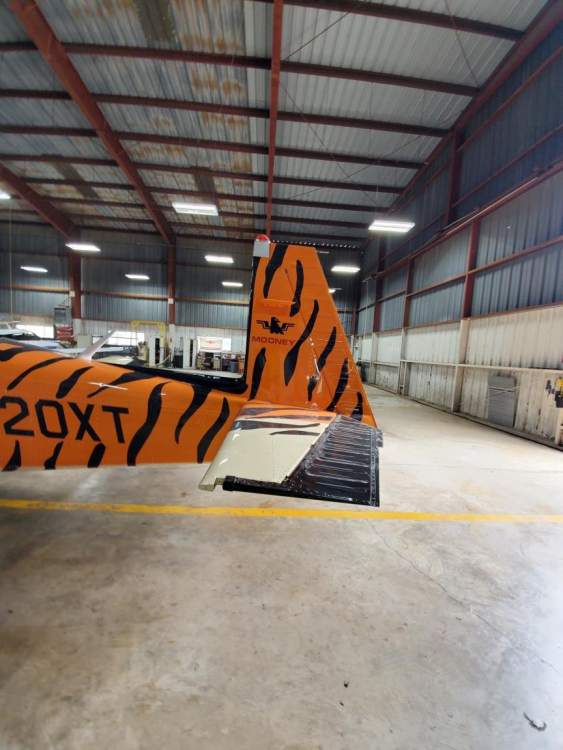
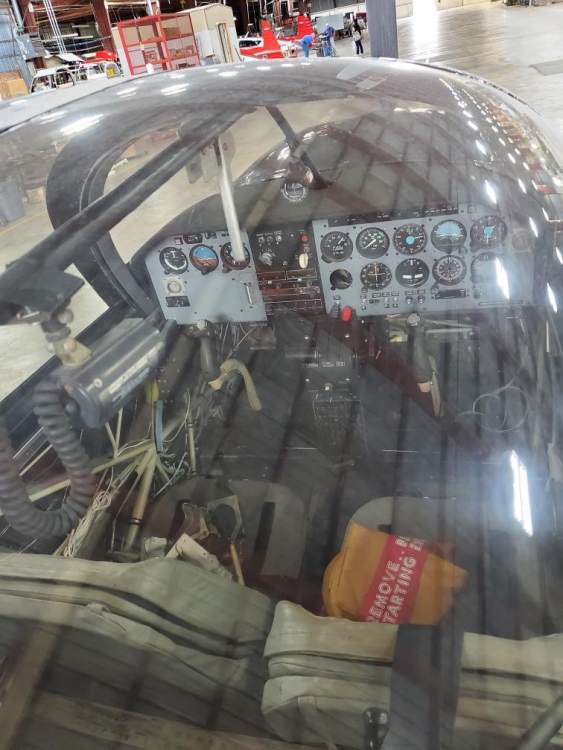
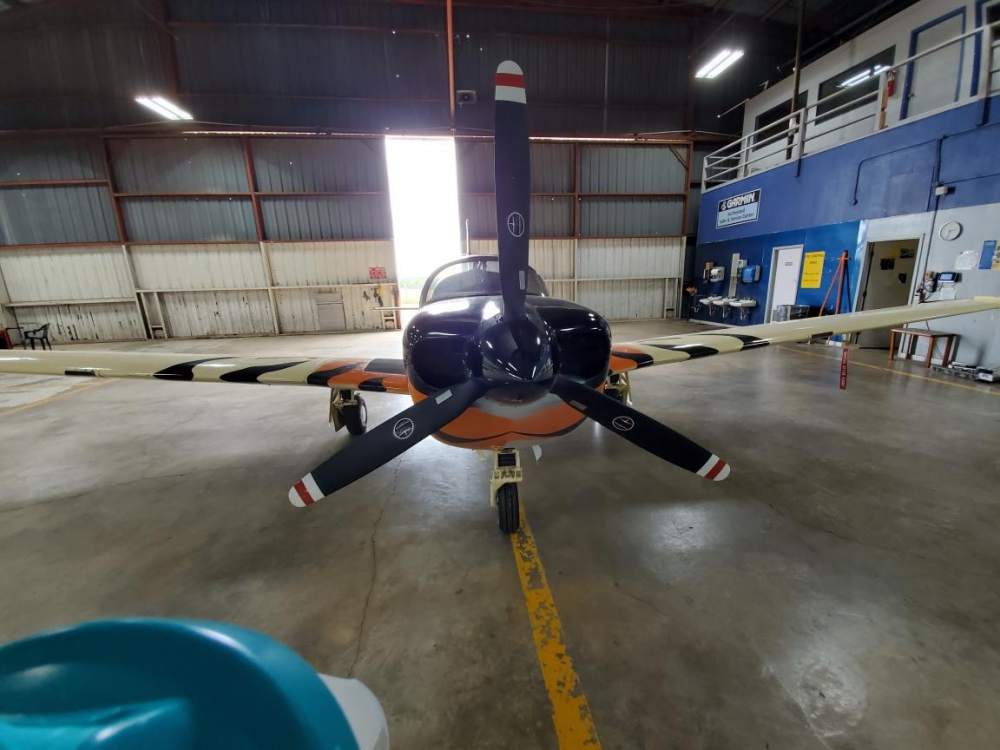
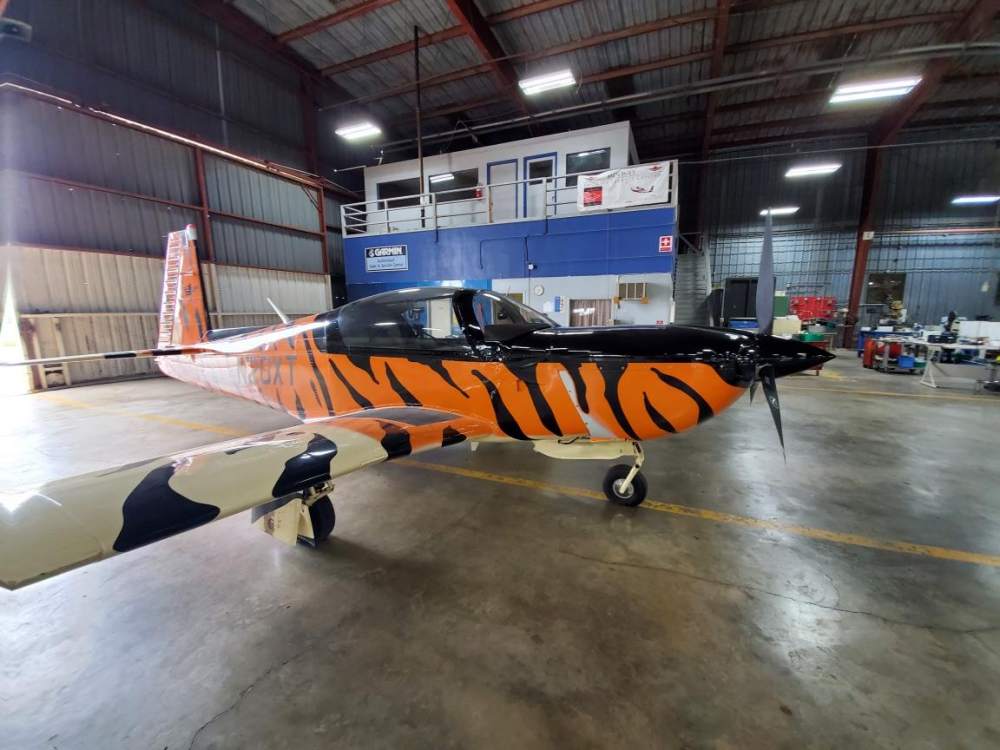

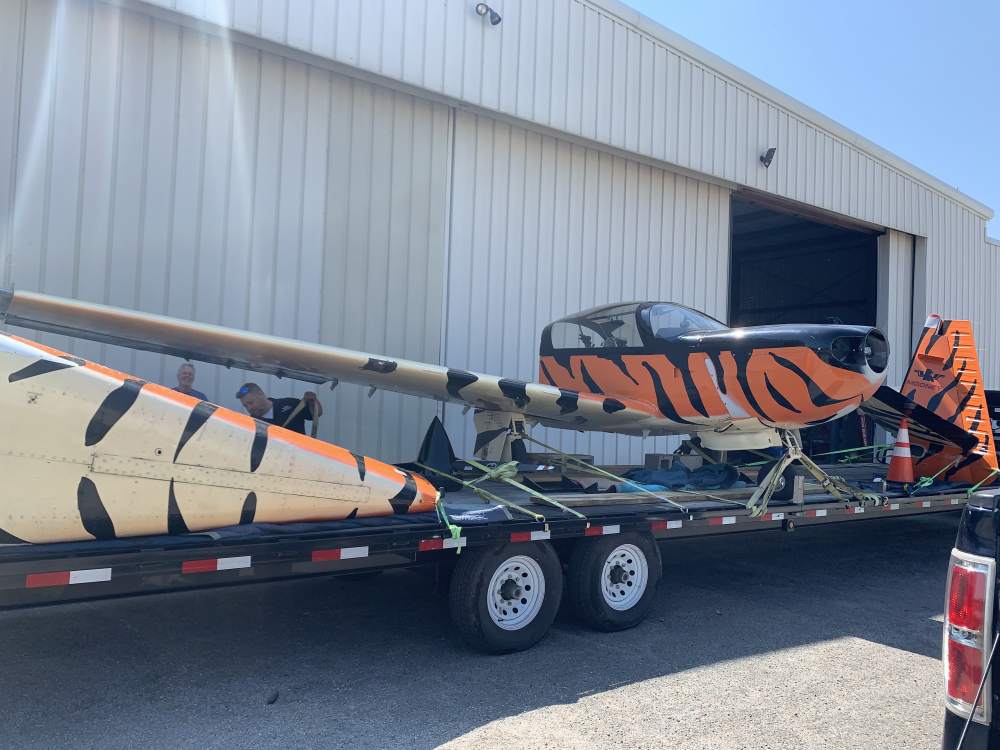
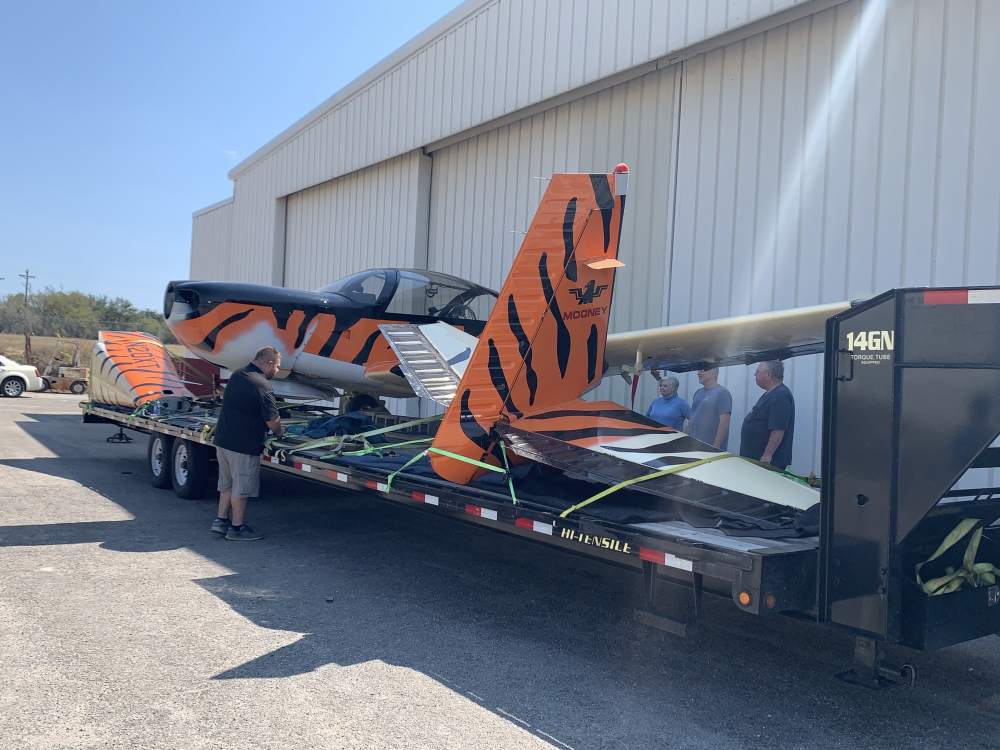


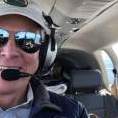
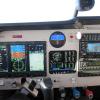
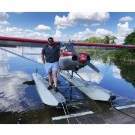
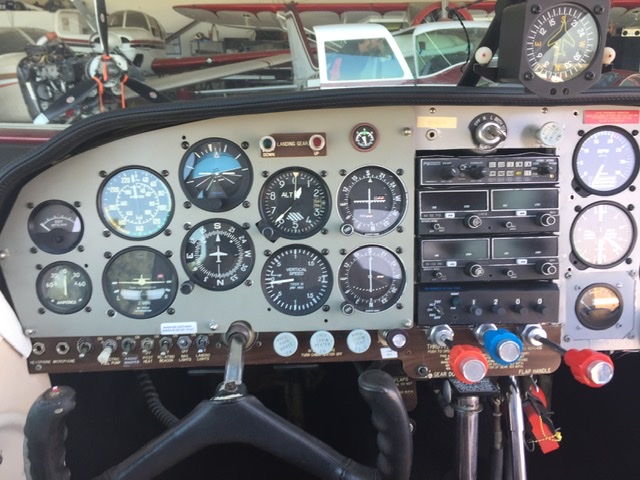
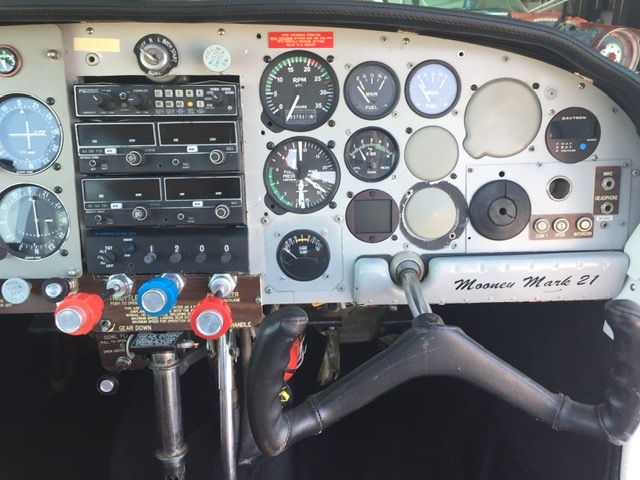
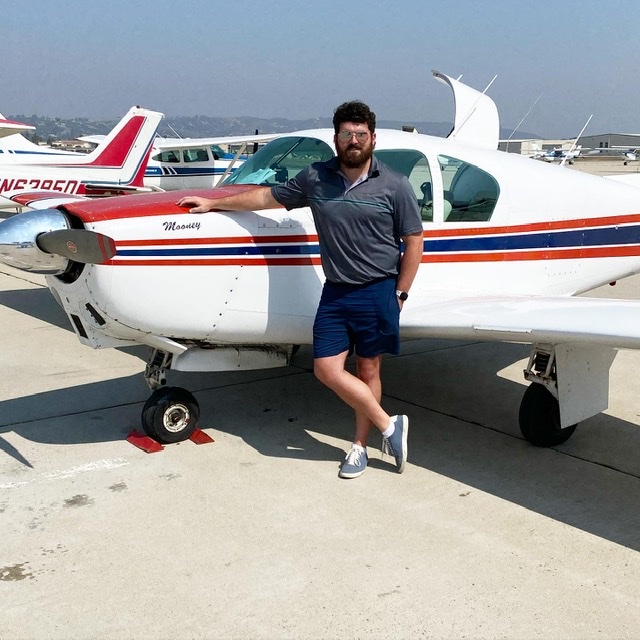



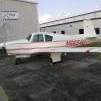

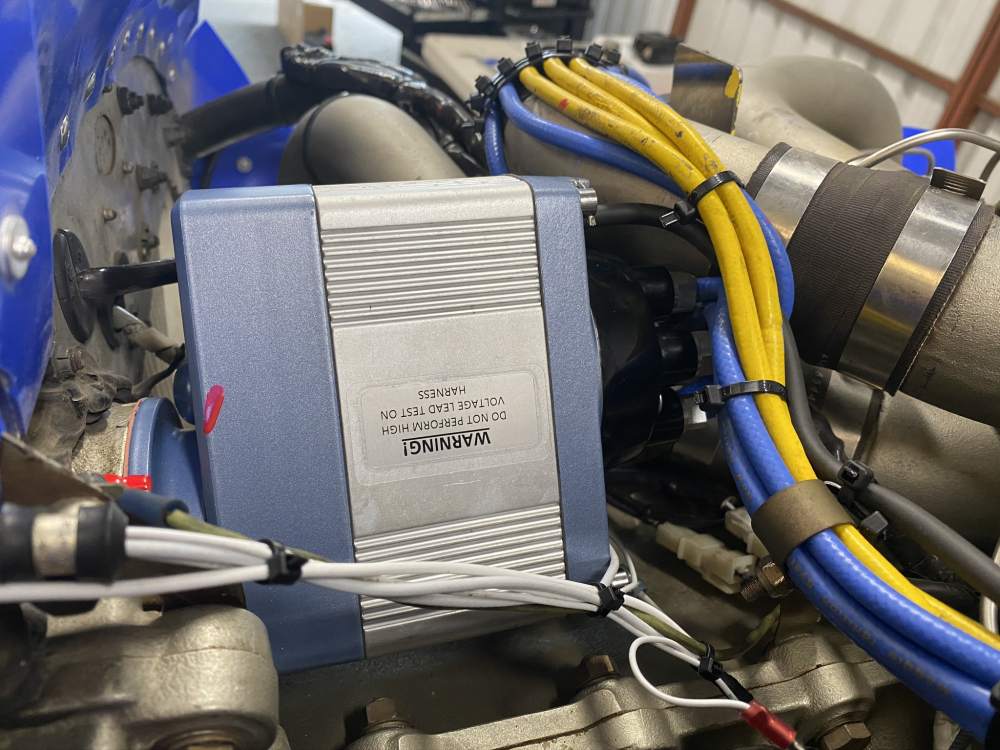
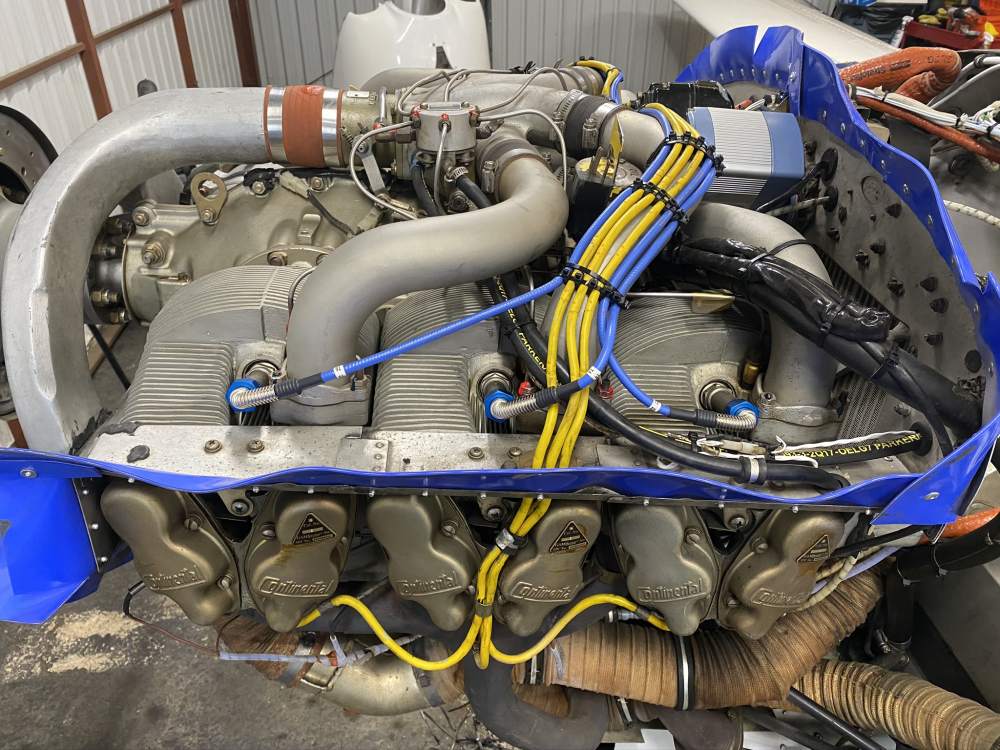
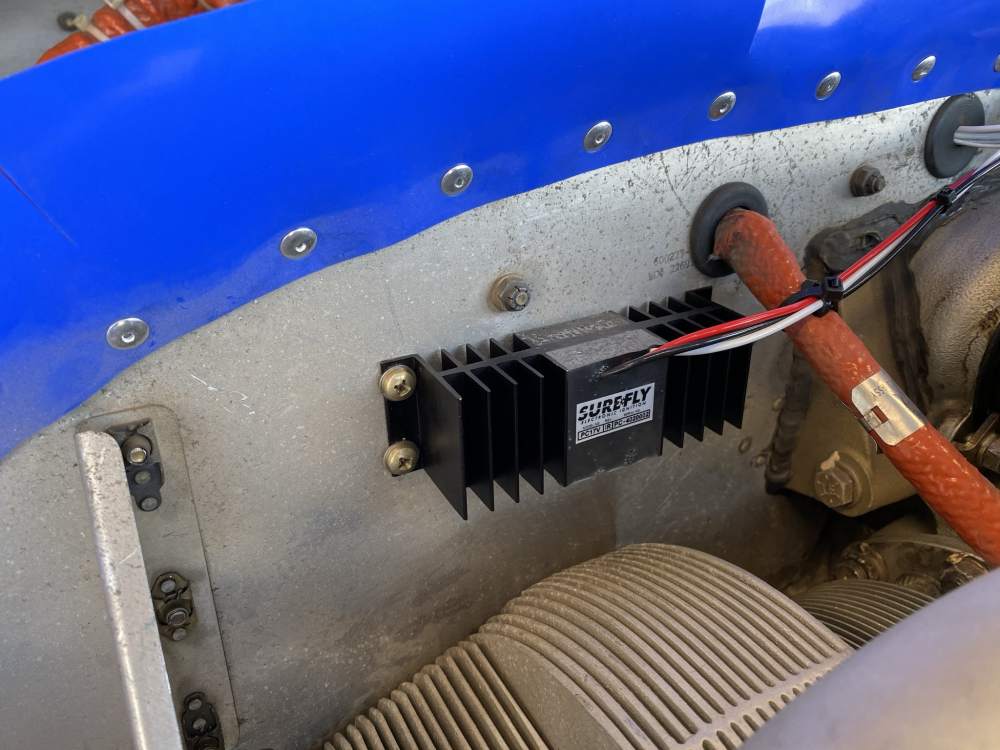

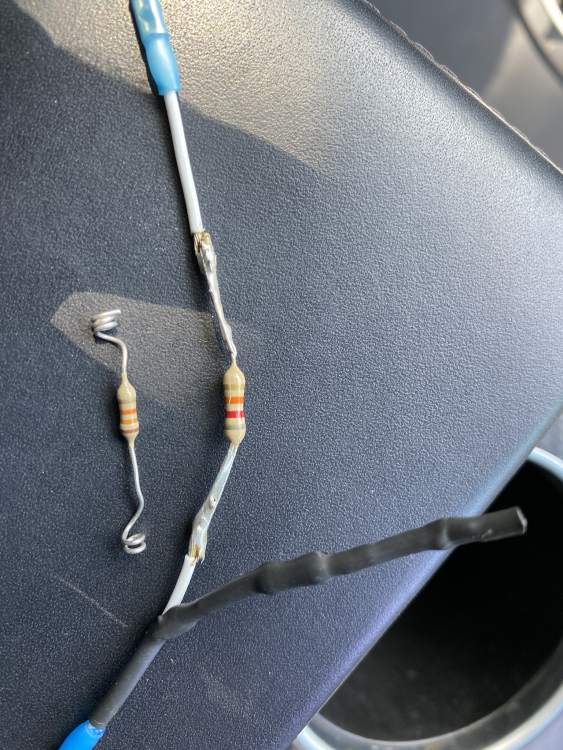
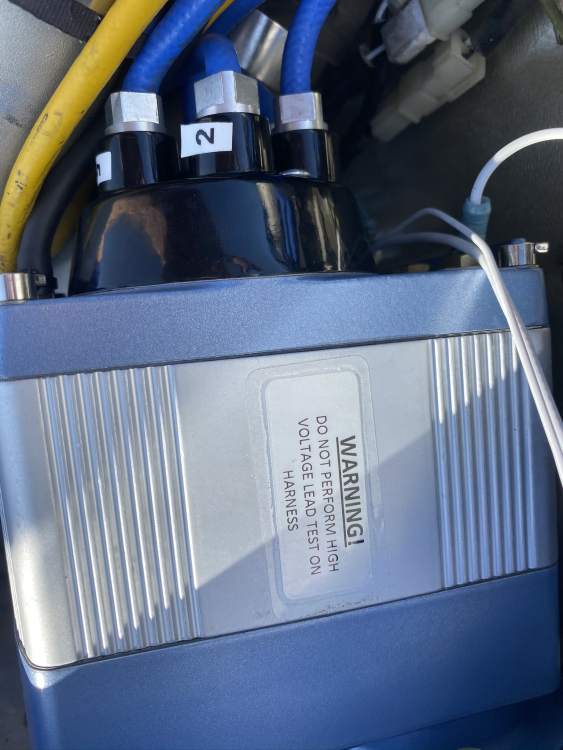
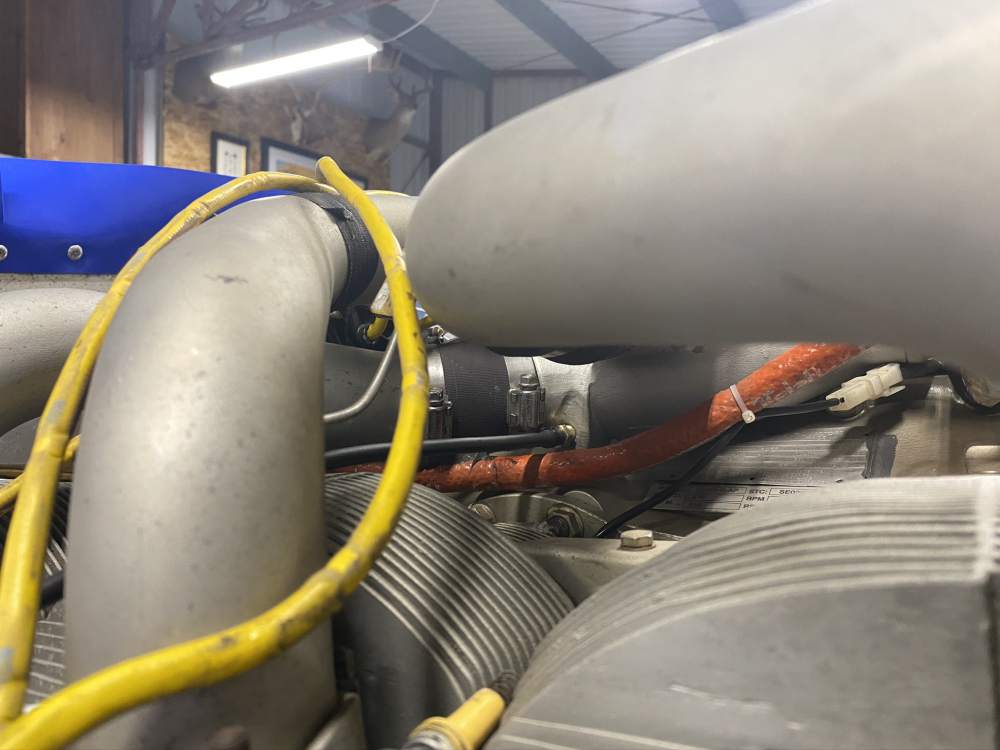
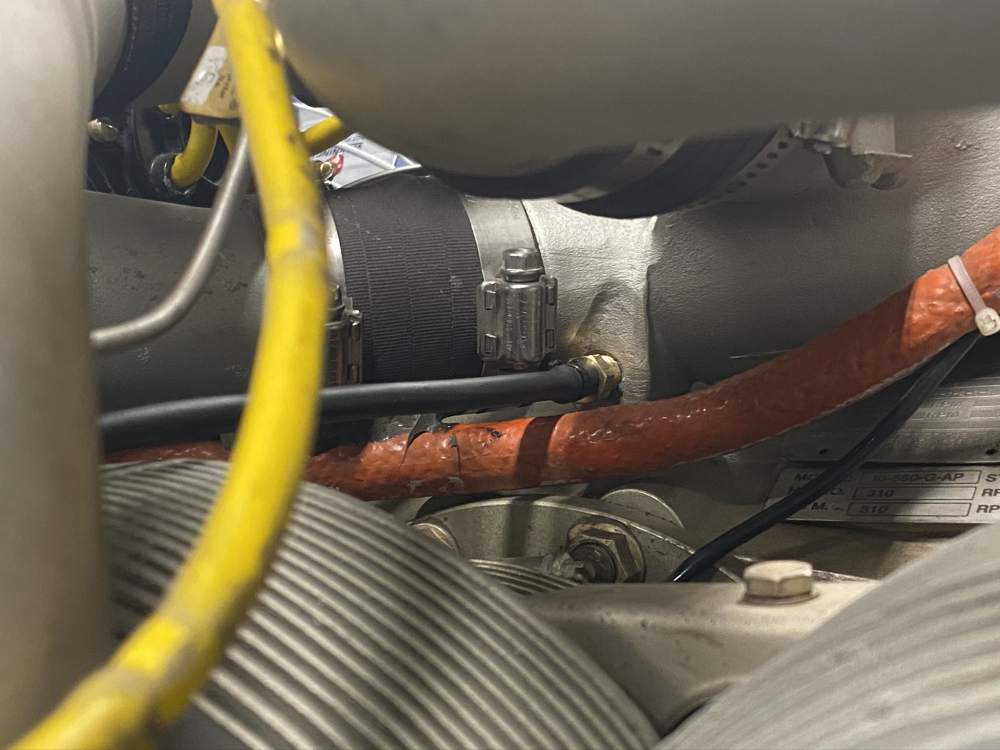
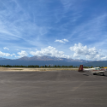
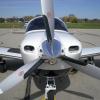


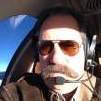
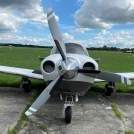
.thumb.jpg.44bc5ad17b44ec09b48bdca2a82f7a76.jpg)


